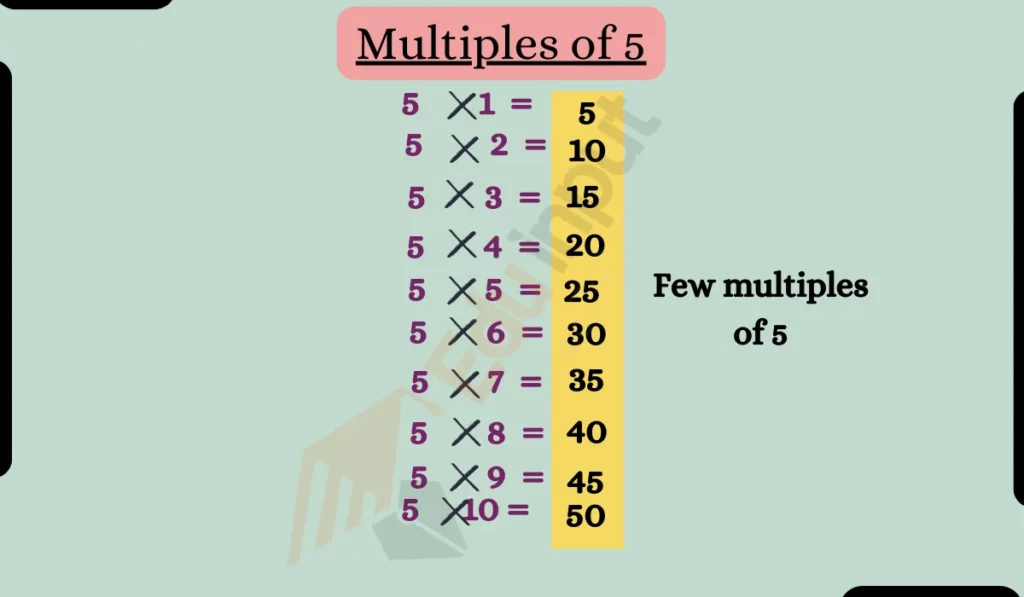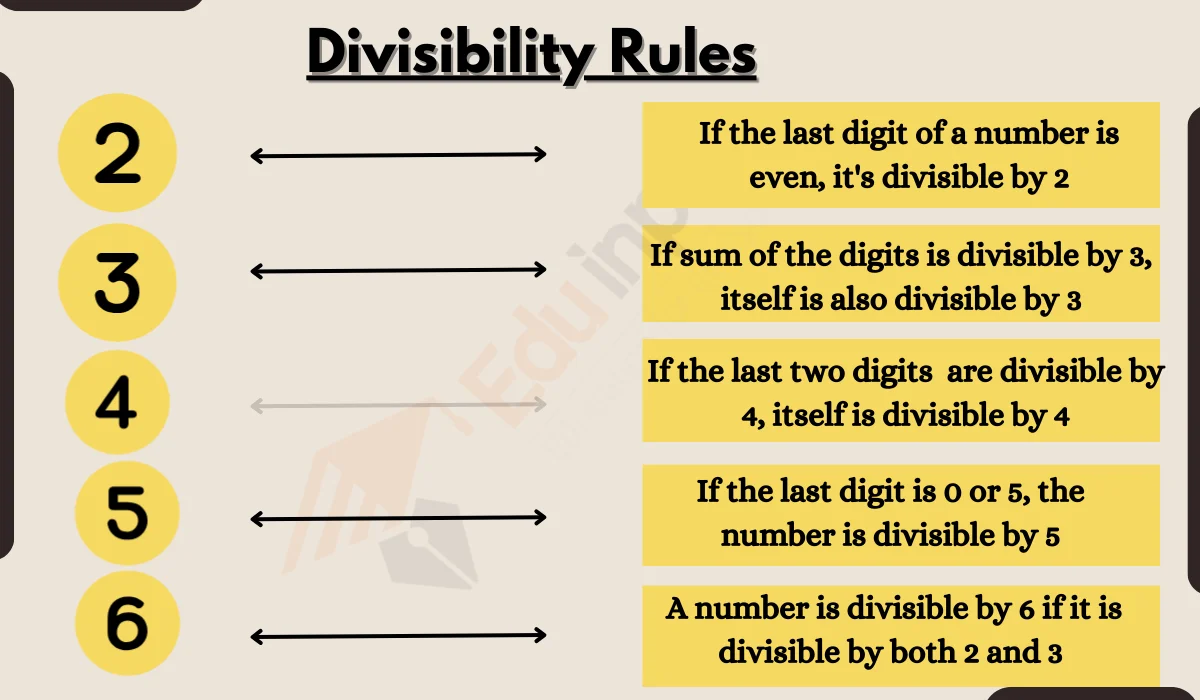What are Multiples? Definition, Properties, Examples
Multiples are like the numbers you get when you keep adding the same number over and over again. Understanding them is super important for doing mathematics.
In this article, we will go to see what are multiples, look at some real-life examples, and answer common questions.

What are Multiples?
A multiple is a number that can be divided by another number without a remainder.
For example, 10 is a multiple of 5 because 10 divided by 5 gives 2 with no remainder. Similarly, 12 is a multiple of 3, 15 is a multiple of 5, and so on.
Properties of Multiples
Some key properties of multiples include:
- A number is always a multiple of itself. For example, 15 is a multiple of 15.
- If a number x is a multiple of y, then it is also a multiple of all the factors of y. For example, 12 is a multiple of 3 and also a multiple of 1, 2, 3, 6.
- Even numbers are always multiples of 2 and odd numbers other than 1 are never multiples of 2.
Finding Multiples
There are several methods to systematically find multiples of a given number:
Multiplication Table Method
Write out the multiplication table of the number and highlight the multiples. For example, to find multiples of 7:
7, 14, 21, 28, 35, 42 and so on.
Repeated Addition Method
Repeatedly add the number to find higher multiples. For example, multiples of 4 are:
4, (4+4) 8, (8+4) 12, (12+4) 16 and so on.
Multiplier Method
Multiply the number by increasing integers. For example, multiples of 3 are:
3, (3×2) 6, (3×3) 9, (3×4) 12 and so on.
List of Multiples
We can list the multiples of a number by multiplying the given number by another number. Here is a list of the multiples of a few numbers.
| Number | First Ten Multiples |
|---|---|
| 1 | 1, 2, 3, 4, 5, 6, 7, 8, 9, 10 |
| 2 | 2, 4, 6, 8, 10, 12, 14, 16, 18, 20 |
| 3 | 3, 6, 9, 12, 15, 18, 21, 24, 27, 30 |
| 4 | 4, 8, 12, 16, 20, 24, 28, 32, 36, 40 |
| 5 | 5, 10, 15, 20, 25, 30, 35, 40, 45, 50 |
| 6 | 6, 12, 18, 24, 30, 36, 42, 48, 54, 60 |
| 7 | 7, 14, 21, 28, 35, 42, 49, 56, 63, 70 |
| 8 | 8, 16, 24, 32, 40, 48, 56, 64, 72, 80 |
| 9 | 9, 18, 27, 36, 45, 54, 63, 72, 81, 90 |
| 10 | 10, 20, 30, 40, 50, 60, 70, 80, 90, 100 |
Applications of Multiples
Multiples have many real-world applications in areas like counting, measurement, fractions and others:
- Telling time – All times in the 12-hour clock are multiples of 5 minutes.
- Units of measurement – Converting units often involves multiples, like inches to feet.
- Fractions – Finding common denominators relies heavily on identifying multiples.
- Counting collections – When counting objects in groups, multiples of 2, 5 or 10 are useful.
Example
List the first 5 positive multiples of 7.
The first 5 positive multiples of 7 are:
7, 14, 21, 28, 35
We can either use the multiplication table method or repeated addition to arrive at these multiples.
FAQs
Can 0 be a multiple of any number?
Yes, 0 is a multiple of every number since any number divided by another number will give 0 remainder.
Are large numbers also multiples?
Definitely. Every whole number can be expressed as a multiple of its factors. So numbers like 256 or 5,824 are still multiples of powers of 2 or other factors respectively.
Is 1 a multiple of every number?
No, 1 is not considered a multiple as it acts more like a neutral number under multiplication. But 2, 3 and other numbers are multiples of 1.







Leave a Reply